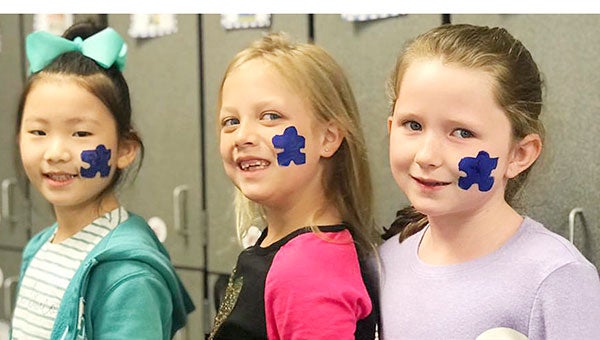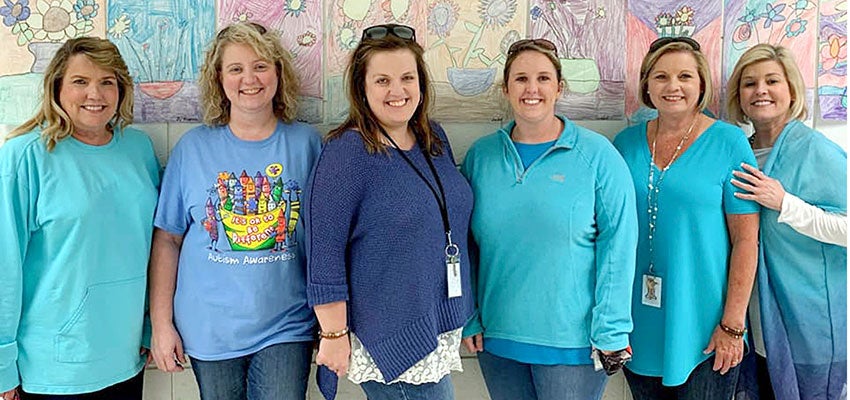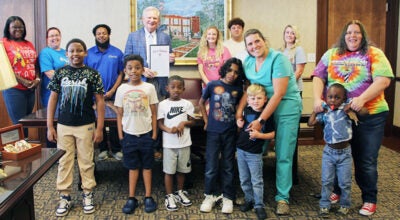Interest in autism led to special ed career
Published 9:29 am Thursday, April 4, 2019
Andalusia Elementary School special education teacher Mallory Smithart said that schools need to do a little more than just wear blue on Autism Awareness Day.
“I believe there needs to be more programs in the school systems that promote autism awareness,” Smithart said. “Autism awareness is much more than just wearing a color. We as teachers go to school to be educated about the complications of autism, but the kids who interact with them everyday don’t necessarily know what is going on with them, so I think it is important that we educate the students a little more about their peers that have autism.”
Smithart said that she works with autistic kids every day.
“I have a few kids that I work with, but they are on the severe side of the spectrum,” Smithart said. “There is a lot of difficulty with communication, there are a lot of repetitive patterns of thoughts and behaviors, but the spectrum is just so broad.”
She said that the best part of working with autistic children is seeing them overcome challenges.
“The best part is going through the challenges they face with the student,” Smithart said. “And when you help them overcome the challenges. The big triumphs as we say.”
Not every case of Aautism is the same, Smithart said, so that makes it difficult.
“There are so many different cases and that is with their behavior and academics,” Smithart said. “You can’t treat each student the same because there are so many different cases, so you have to find different alternatives and avenues to find the best way to treat them.”
Smithart said that it is extremely important for people to be aware about autism.
“Kids with autism miss several social cues,” Smithart said. “So the social interactions are so much more different than what people are used to, so people need to understand what that child is going through. Creating that awareness even if it is through your children will help a lot. It may even increase their social interaction.”
It was her own experience with a family member who has autism that convinced Smithart to pursue a career in special education.
“I have a cousin who was diagnosed with autism and he would come stay with us during the summers,” Smithart said. “So getting to work with him and seeing how much of an impact family and support have on a child, that is what drove me to go into special education. It even drove me to specialize and get my masters in differentiated instruction with a concentration in collaborative education: autism spectrum disorders from the University of Alabama in Huntsville.”
According to the Centers for Disease Control, autism affects an estimated 1 in 59 children in the United States today.
Indicators of autism usually appear by age 2 or 3. Some associated development delays can appear even earlier, and often, it can be diagnosed as early as 18 months. Research shows that early intervention leads to positive outcomes later in life for people with autism.
Several factors may influence the development of autism, and it is often accompanied by sensory sensitivities and medical issues such as gastrointestinal (GI) disorders, seizures or sleep disorders, as well as mental health challenges such as anxiety, depression and attention issues.
Nearly a quarter century ago, the Autism Society launched a nationwide effort to promote autism awareness, inclusion and self-determination for all, and assure that each person with ASD is provided the opportunity to achieve the highest possible quality of life.








